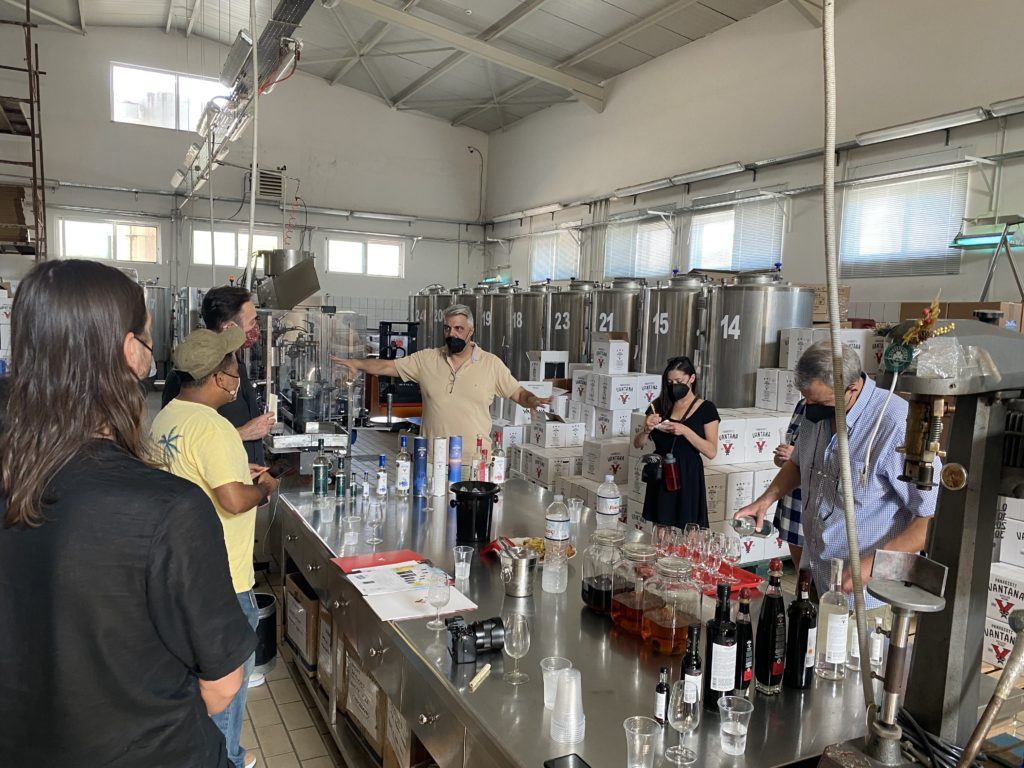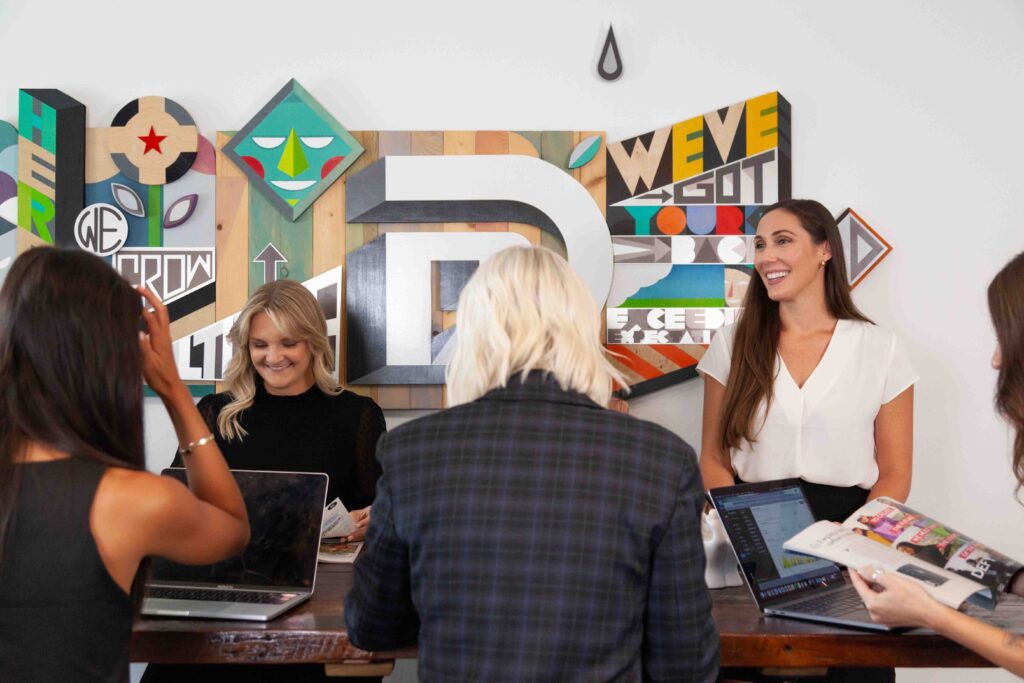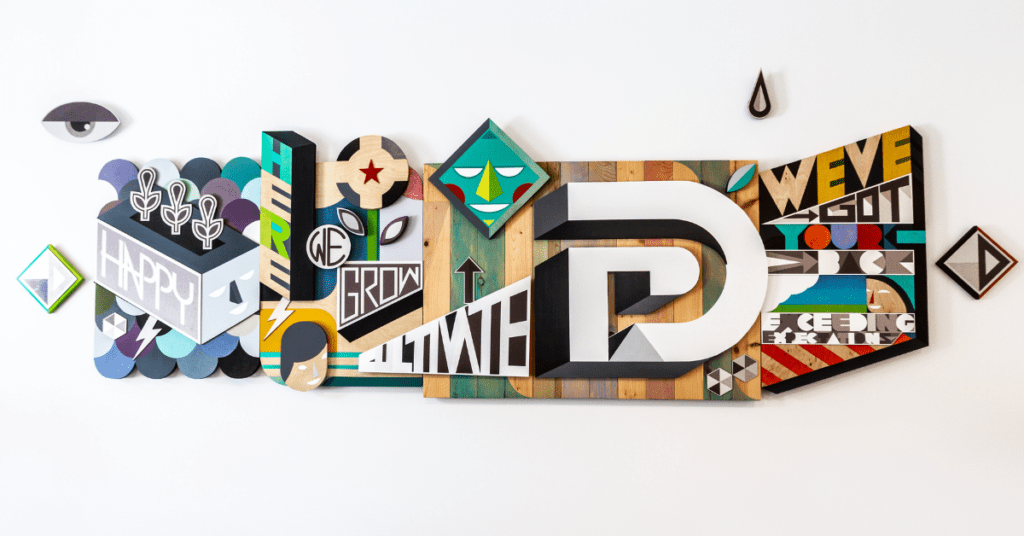It’s not every day you get to organize an international press trip on behalf of your client. So when Dittoe PR was given the opportunity to travel across the world to Greece for client WhistlePig Whiskey, we jumped on the chance and got to planning.
But press trips don’t always have to be lavish days packed with Mediterranean food, a dip in the Aegean Sea and visits to historical structures dated B.C. to warrant planning one. (Though we recommend it!) Follow the below steps to determine if you should recommend a press trip to your client and how to plan and execute one if you’re tasked with the opportunity.
Understand what your client has planned for the year and make PR recommendations
Every PR professional should have knowledge of their clients’ upcoming announcements for the year and whether they’re a product or service launch, a press conference or a grand opening or event. Identify the announcements that should make the biggest splash in media coverage, taking into consideration client marketing pillars and tentpole activations.
Based on your client’s goals, determine if your PR strategy should entail announcing news in a way beyond the traditional press release and personalized pitch approach. Offer potential PR story angles to make a story more press worthy, which can include potential partners, PR stunts and activations.
At this stage, a press trip recommendation for a high-caliber announcement can be helpful for a client to give media a peek behind the curtain and amplify media coverage potential. Make sure to share your recommendation well in advance of your client’s marketing budget meetings, as press expect all accommodations, travel, and food and beverage to be taken care of for them on press trips.
On the other hand, your client might bring the press trip opportunity to you. Your responsibility will then be to evaluate the return on investment and recommend if you should move forward. To measure the value of a potential press trip, determine if the time of year makes sense; if the quality of the press trip will result in a more thorough, visual story that your team won’t be able to secure otherwise; and if you are confident in your team’s ability to recruit desirable journalists to commit to attendance.
Collaborate with your client to build the itinerary
Like any eventful trip, a detailed itinerary is imperative to have on hand.
Plan your trip around your client’s excursions and activations – whether that revolves around a new hotel or restaurant opening, product or service launch, or event. This should be the crux of your trip and the reason you’re planning it! Supplement the client promotion and education with fun, innovative and new activities to do at that destination.
Work with your client, client partners who might reside in the destination you’re traveling to, and the destination’s local visitor’s bureau for the essential places to visit for entertainment, lodging and dining. Or, if you’re planning a trip in the city you’re in, get insight from your community to build must-visits into the itinerary.
Curate an itinerary that includes breaks for media so they have the chance for personal time, plus buffer time between activities, as it’s inevitable things will get off track. And if they do, go with it! Journalists have experienced this before and might even request a change in the itinerary. If the group is up for it, be flexible, as long as the purpose of the trip is still intact.
Elaborate on itinerary activities so journalists have a brief synopsis of what they will be experiencing. You can even go the extra mile to personalize each itinerary depending on the journalist, when they arrive, depart, check-in, etc.
Once the itinerary is final, deliver to each journalist a few business days before the press trip commences, and you can include a printed version in their lodging room so they have it upon their arrival – along with a welcome gift relevant to the purpose of the trip from your client.

Invite press
Ever been curious about the life of a travel agent? Coordinating press logistics for a press trip is your chance to experience it.
Invite fitting media to the press trip months in advance. For our trip to Greece, we began inviting media nearly two months before the trip and could have even used more time!
Be cognizant of your press attendee cap and how many journalists you’re inviting simultaneously so you don’t have more interest than you can accommodate. Many publications do not permit press trips, so avoid inviting staff writers unless they write for travel publications. Seek out freelance writers and travel writers who have clearly participated in press trips before, which you can find via their social media channels or coverage.
Find out from your client who should book travel and logistics for journalists, and if you can offer writers the flexibility to book their own travel and reimburse them. If you book the flights, make sure to capture the writer’s frequent flier number so they can earn points and take advantage of upgrades. Get approval on the flight times from the journalist before purchasing to make sure they are comfortable with the trip. If budget allows, upgrade journalists to premium economy or business class. If you cannot create something similar to an Uber code for complimentary rides to and from the airport for flights (be mindful Uber codes are not transferable in countries with different currency), remind journalists to send receipts after the trip so your client can reimburse them.
Attention to detail for flights, rides and lodging is paramount when planning press trips!
Prepare your client
Just as you would prior to a media interview, compile a media briefing document that gives an overview of each journalist, what you expect them to be most interested in, whether or not they are familiar with your client’s brand, what to avoid discussing with them and more. The media briefing document can be more in-depth for trips with less attendees, and more high-level for trips with many attendees.
Delineate roles between yourself as the PR lead and your client as the brand ambassador. You will want to collaborate to offer press the best possible experience, but make sure each party knows what they are responsible for while traveling.
A press trip is much more laid back than something like a client segment, press conference or formal interview. Encourage your client to have fun and portray their brand personality.

Have fun!
Read the room, be professional but personal, and enjoy the experience! This is your chance to make connections with journalists you might have never met before and secure stories with them in the future. Planning and executing a press trip takes patience, organization and diligence, but the trip – and the resulting coverage – is so rewarding!
Yamas!







0 Comments